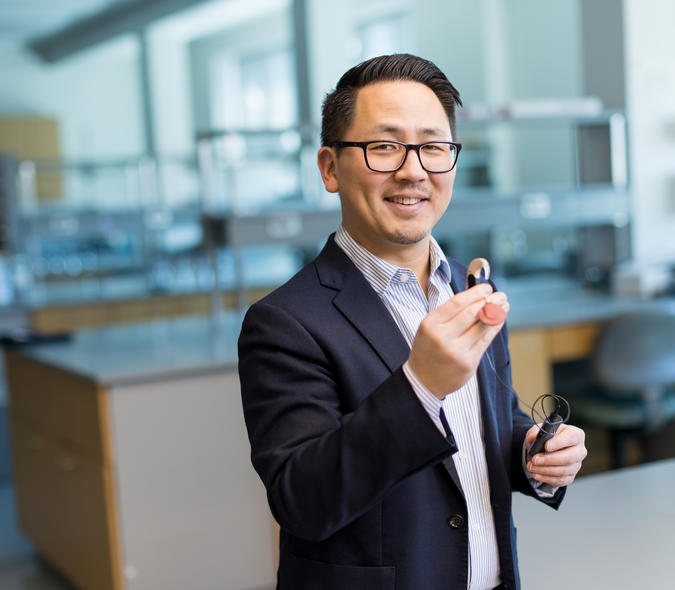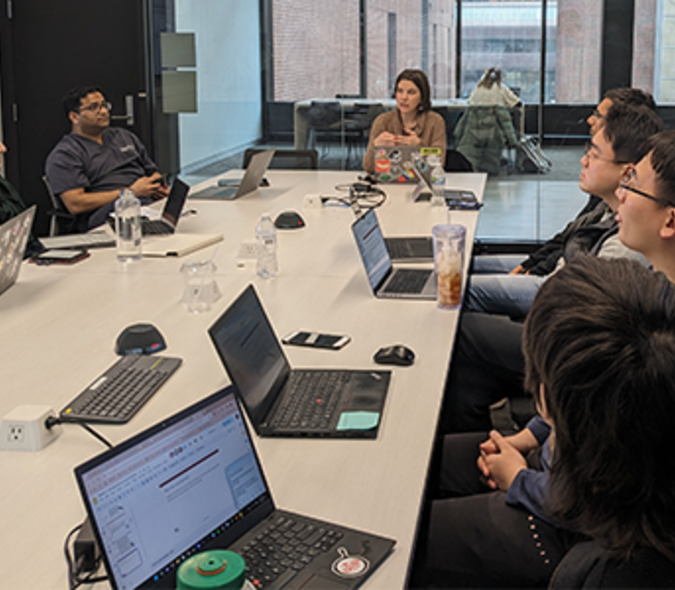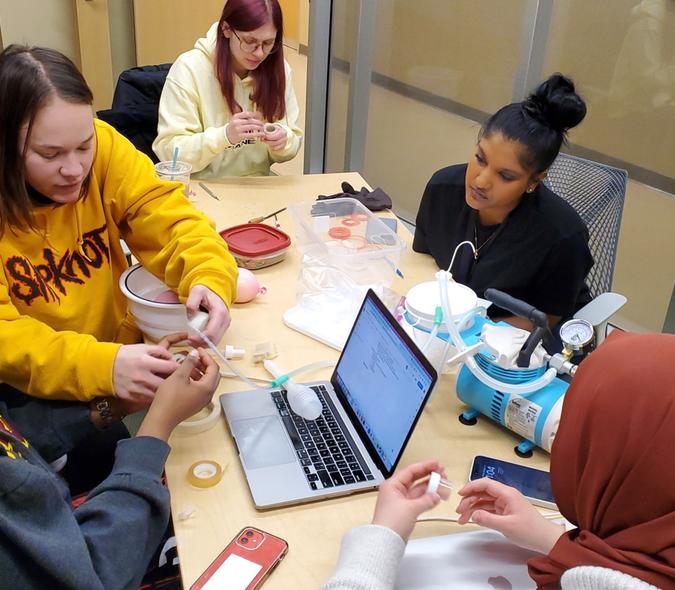
Finding the Rules of Shapes
What do plants, brain cancer, architecture, and heart development all have in common with each other? For IEM member David Odde, Professor of Biomedical Engineering, and a team from Cornell and Tuskegee Universities, it’s all about the shapes.
Two years ago, Jonathan Butcher, Professor of Biomedical Engineering at Cornell University, reached out to Odde with his idea of studying emergent morphogenesis, or how tissues and organs develop shape. “We connected with each other through a shared philosophy that the rules of life in any field of study are connected with each other,” says Odde. “Everything takes up space through shape – but how do shapes emerge from the rules of life?”
Guided by that question, Odde and Butcher, alongside Jenny Sabin, Professor in Architecture at Cornell University, Marceline Egnin, Professor in Plant and Soil Sciences at Tuskegee University, and Adrienne Roeder, Associate Professor in Cell and Molecular Biology at Cornell University as PI, teamed up together to start the “Understanding the Rules of Life: Emergent Networks- Emergent Morphogenesis'' project through a five-year, $3 million grant from the National Science Foundation. “We want to understand how morphogenesis occurs through an iterative cycle of cellular network interactions connecting the system with the environment,” says Odde. The team’s unique approach connects architecture to brain cancer, plants, and heart development. “We’re able to bring a spatial way of thinking and a set of technical skills to the data through modeling that isn’t part of the biological science,” says Sabin. At the U, Odde’s research focuses on defining the shape of brain tumors. “Looking into this would make a significant impact in how surgeons operate on the brain and how we understand brain cancer and biological mechanisms overall,” he says.
The project started in 2022 and last week, the University of Minnesota hosted the team’s first in-person meeting. “It was great to have everyone together. With a group of people from different disciplines, it created an inspiring environment and space for conversations I wouldn’t think about having within my own discipline,” says Odde. Through the meeting, the team shared a number of exciting ideas they hope to use as they continue moving forward with the project.

According to Odde, this project is a testament to how interdisciplinary teams in research are always pushing the boundary of what’s possible. “It’s not common in research where we have these opportunities to work with people from completely different disciplines as your own,” says Odde. “It’s exciting to be a part of a group that’s broad minded and willing to listen to other people of other disciplines.”



